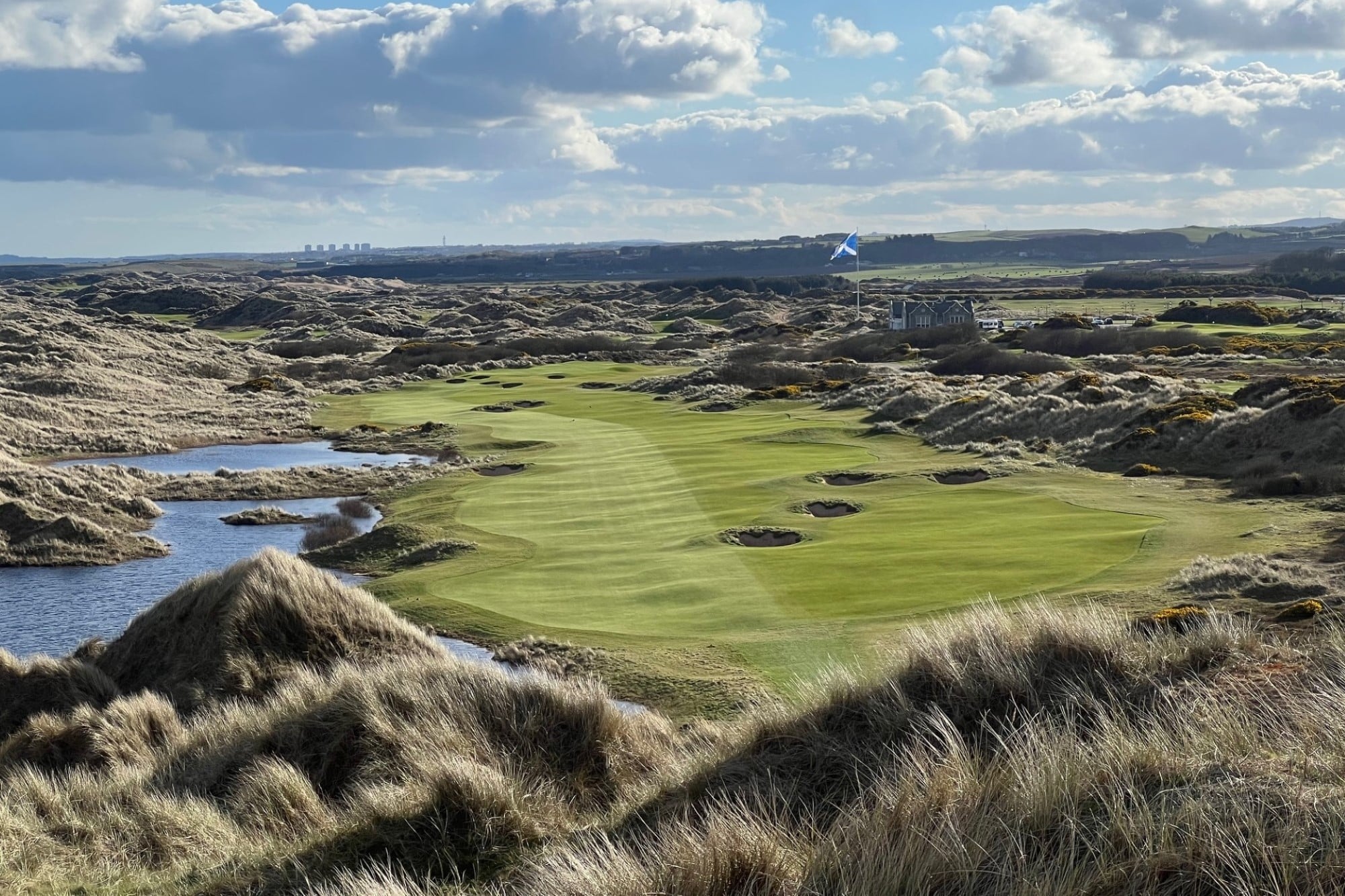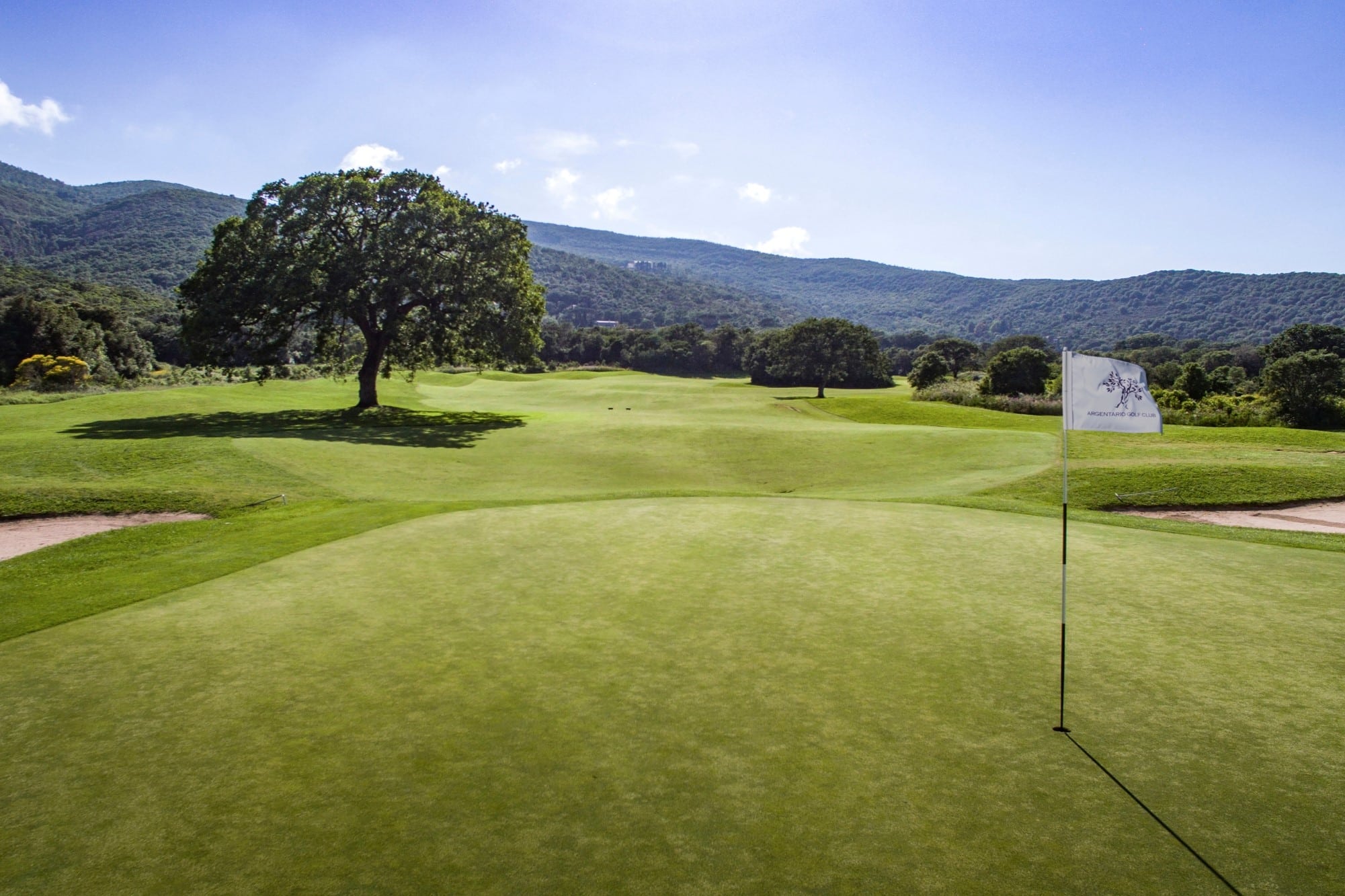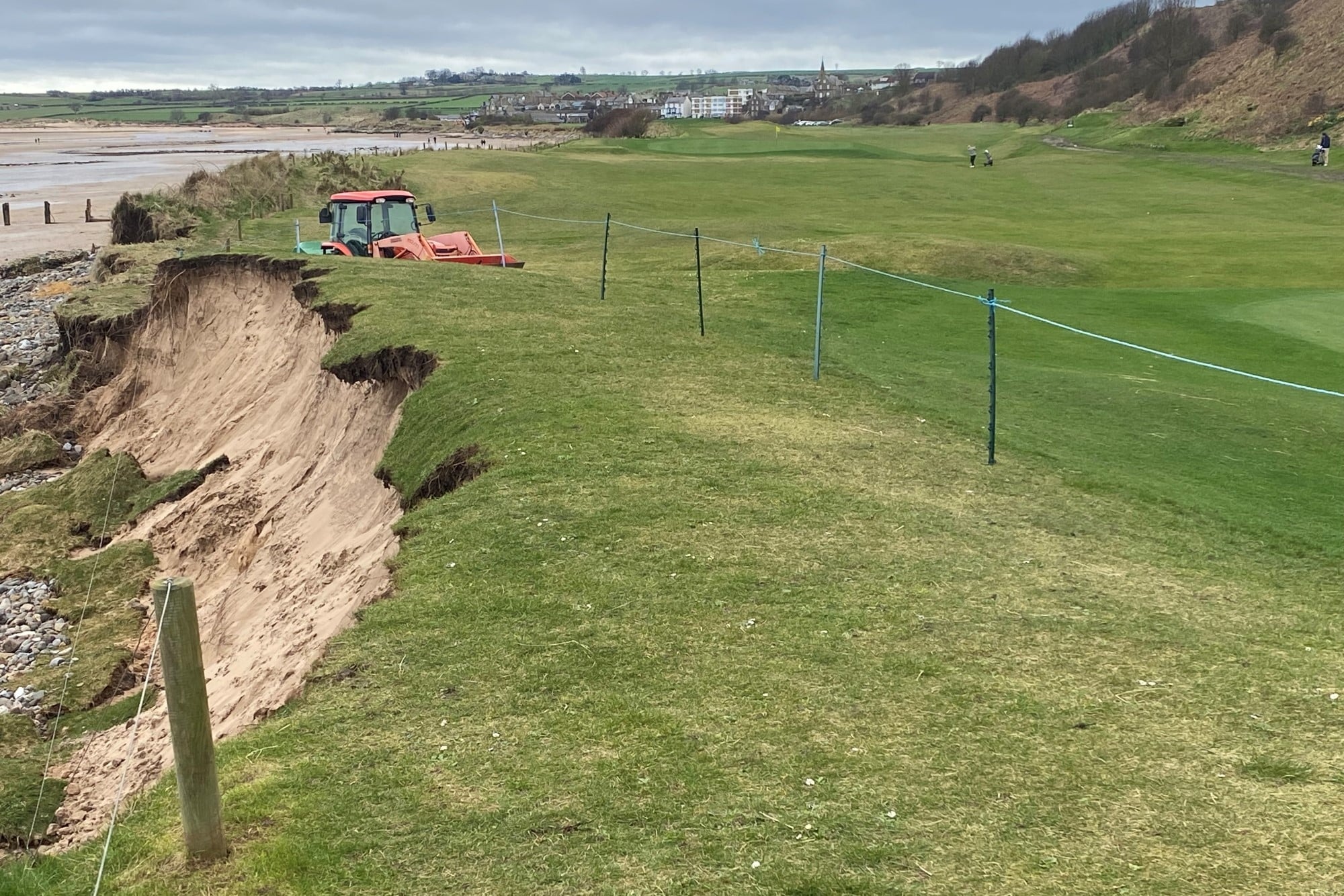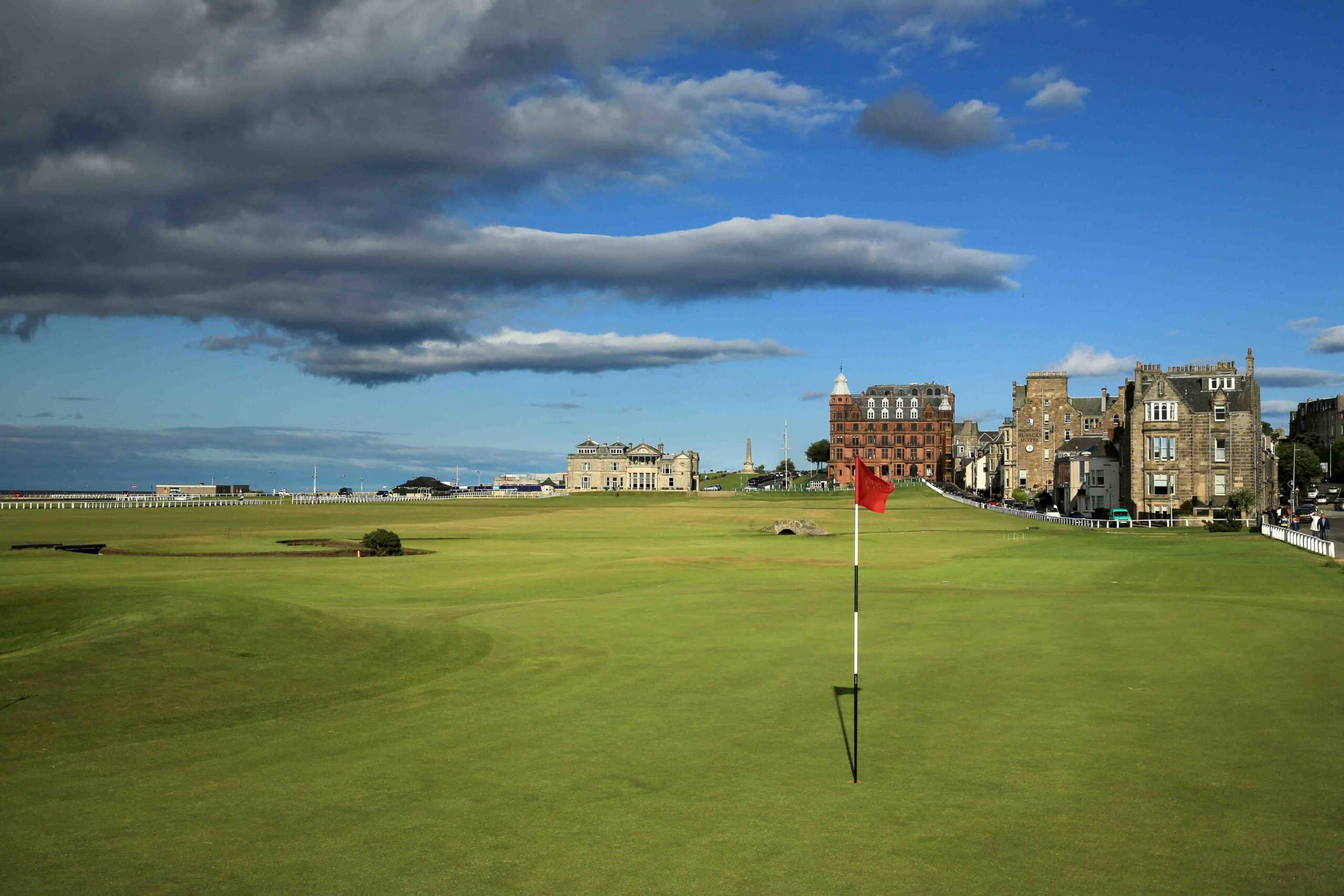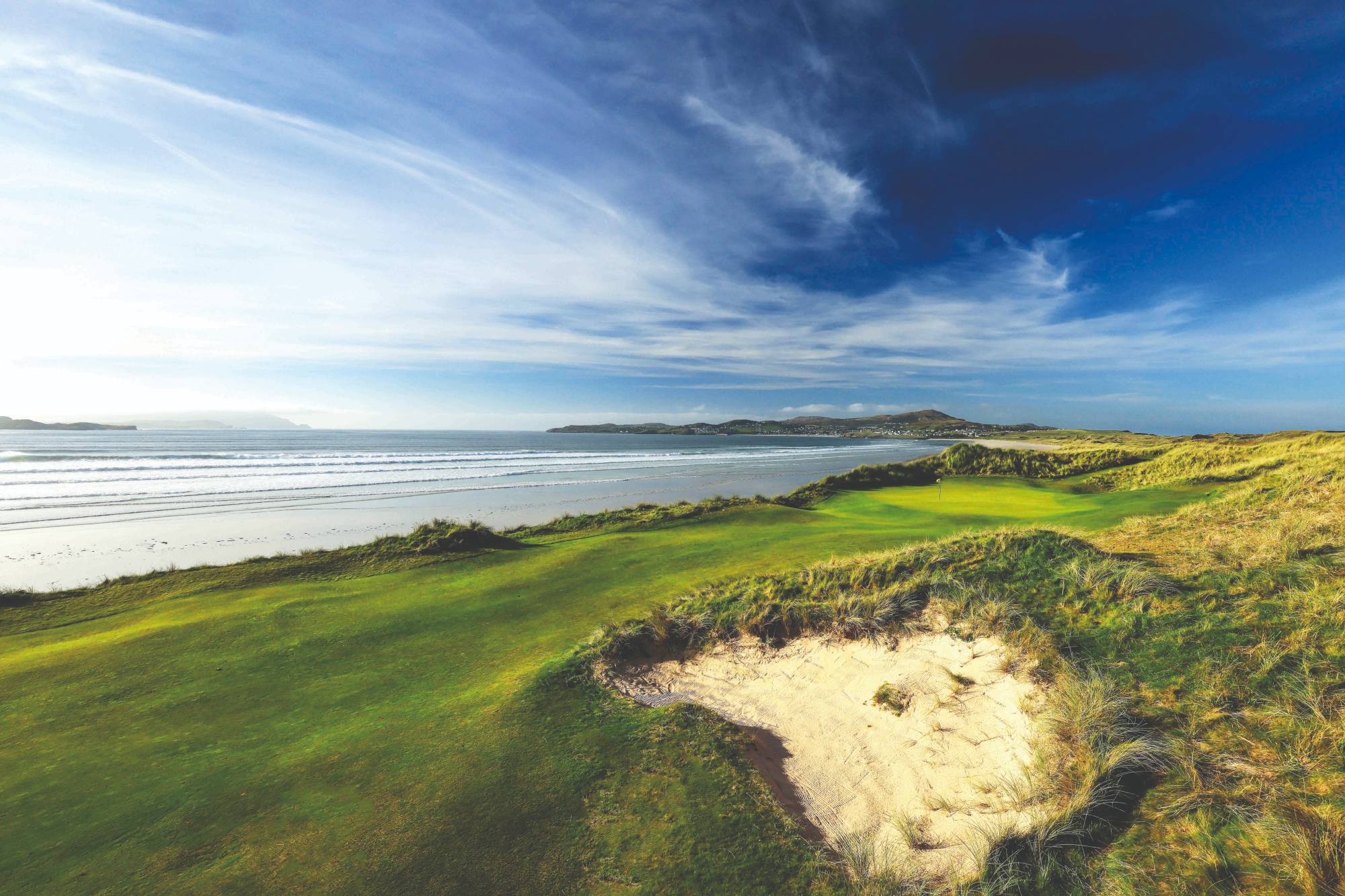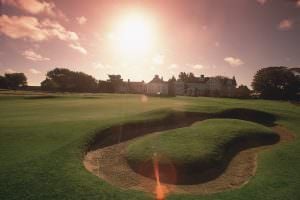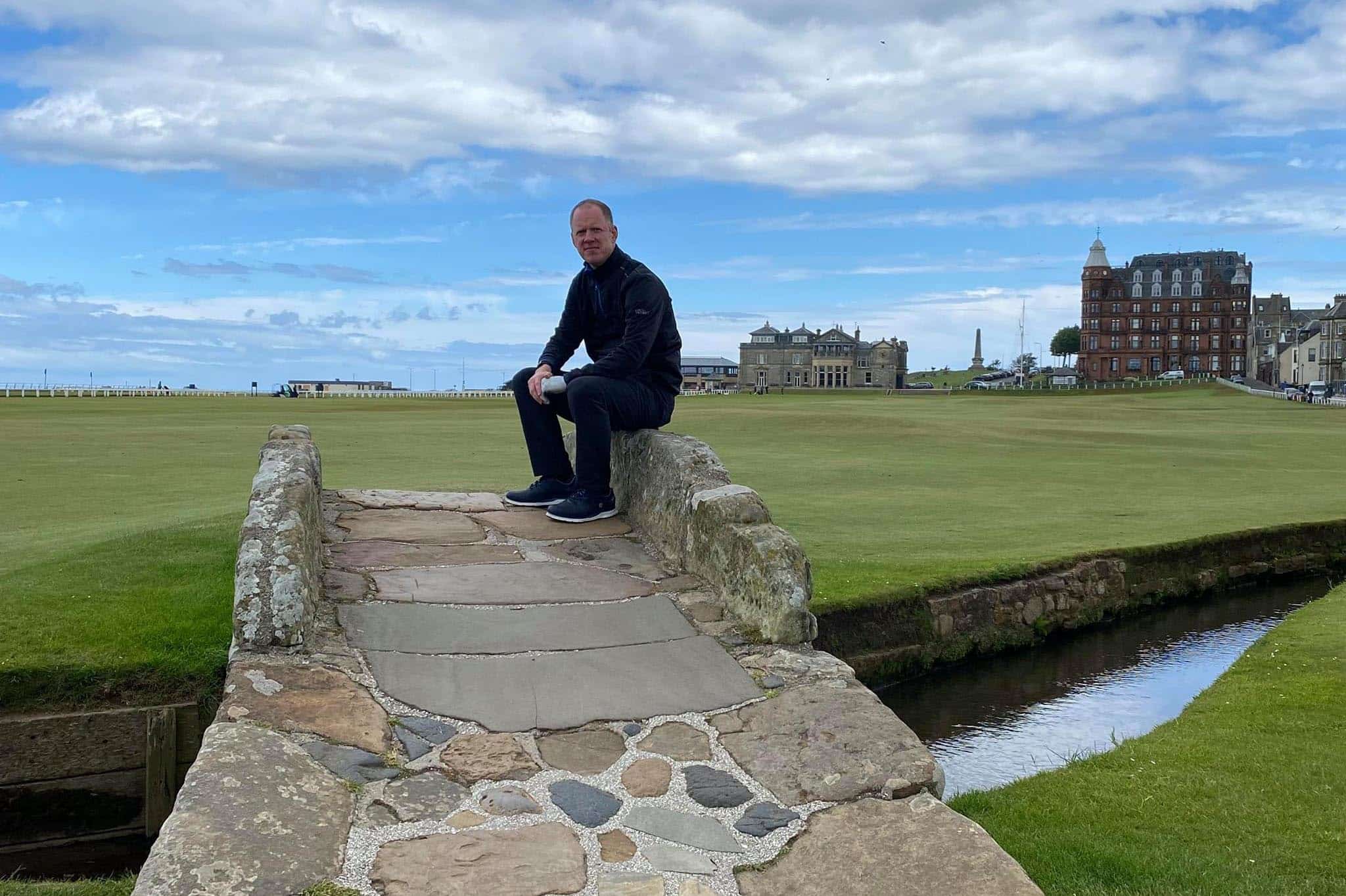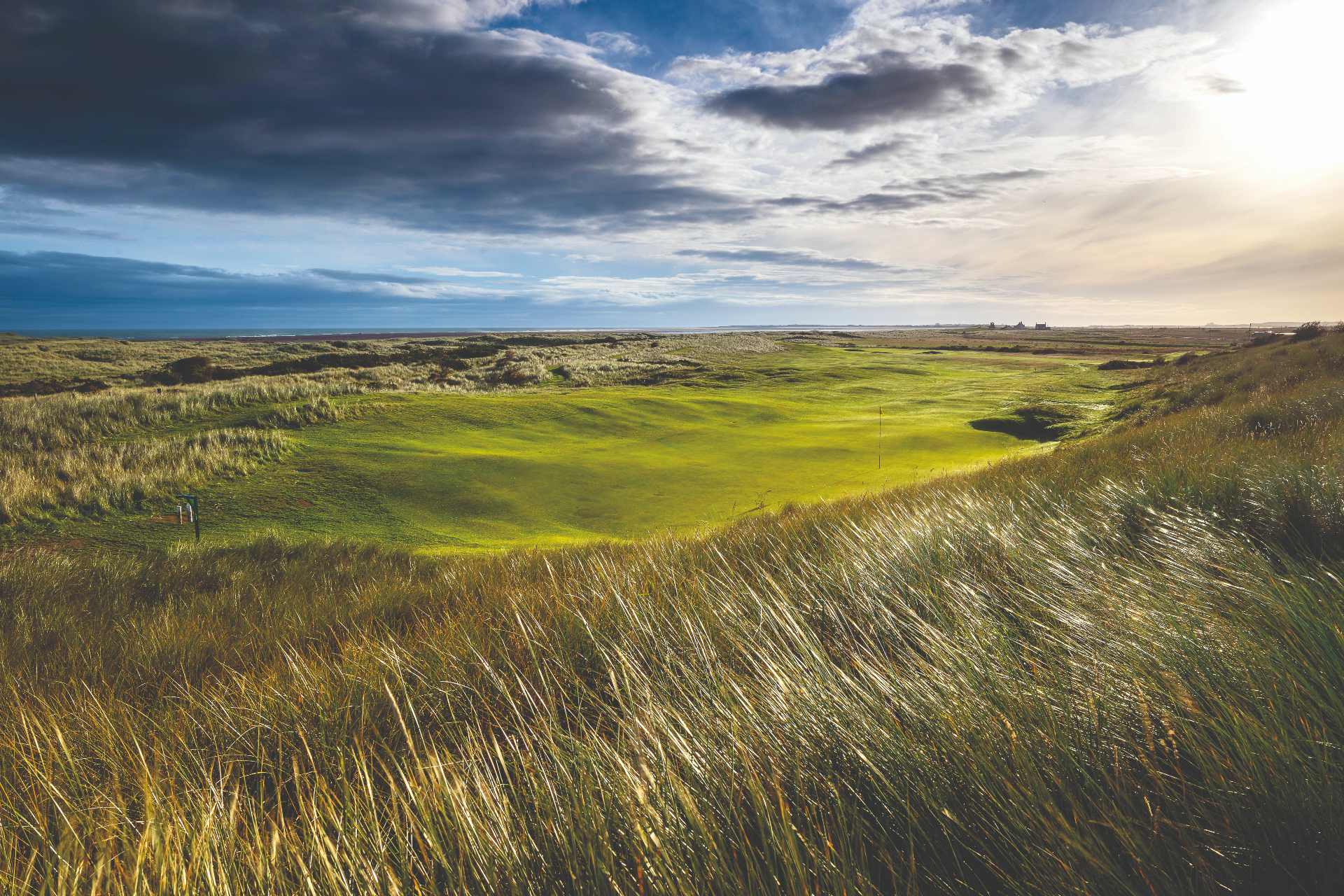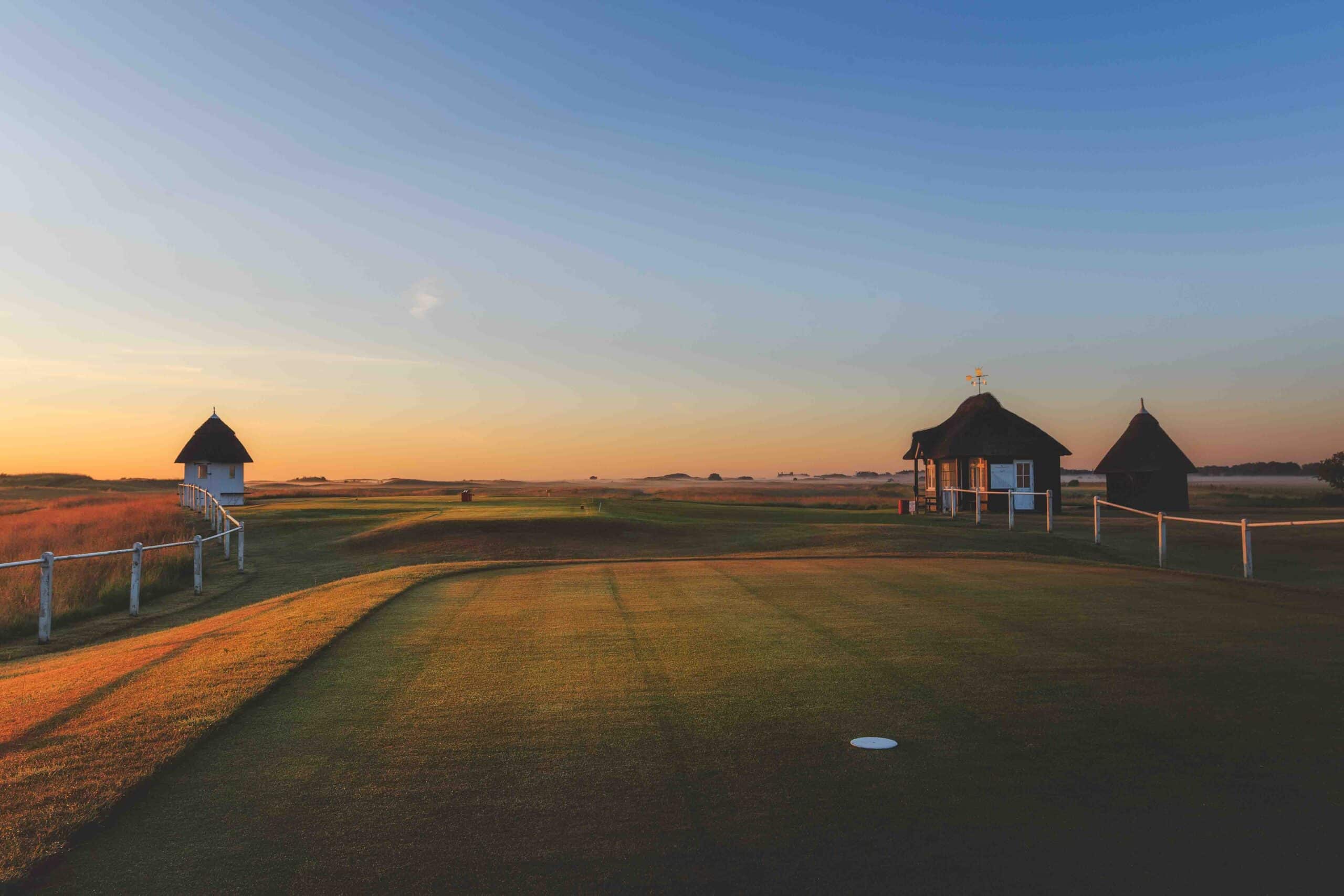
The town that Benecta built
Nestled in the spectacular panoramic fjord of the same name in northern Iceland, Siglufjordur is perhaps best known as the setting of popular crime drama Trapped.
The history of Siglo, as the locals call it, particularly in the last 100 years, is fascinating. A tiny settlement home to just a few dozen in the 1900s, by the middle of the century it had grown into a thriving fishing city of almost 4,000. (Fun fact: There is no legal definition for a ‘city’ in Iceland, with the term awarded to anywhere with a population of more than 1,000).
But when the herring migrated, so did the workers. The town collapsed – literally. Once busy, bustling factories crumbled to the ground following years of abandon and neglect.
But now, thanks to one entrepreneur, Siglo is clinging on to its city status and is once again a hive of activity with a diverse economy of tourism, from its museums and fisheries, to its folk music centre and microbrewery. And soon, its golf course.
But I’m not here with my sticks. I’m here to meet Robert Gudfinnsson, the man that put Siglo back on the map.
Robert grew up in the city before moving to Phoenix, Arizona, to earn his wealth in the fisheries of northern Mexico. Upon his return he invested millions into the community – in early 2015 it was reported to be £25m – with decaying factories making way for stylish cafes and restaurants, as well as its centrepiece, the contemporary Siglo Hotel. Hundreds of jobs were created and Siglo quickly became one of Iceland’s hottest tourist destinations.

Robert is CEO of Genis, the company behind Benecta, a natural food supplement made from crustaceans, and the reason I’ve spent the best part of 15 hours travelling to this tiny outpost just 24 miles shy of the Arctic Circle.
Benecta is a crustacean-derived short-chain chitosan designed to help you, as the company slogan suggests, “defy your age”. Benecta’s philosophy, I’m told, is that quality of your life need not be compromised or determined by your age. Just two capsules each morning can help with the everyday symptoms often associated with ageing, such as stiff joints and lethargy.
I meet elderly residents of Siglo, who tell me tales of how Benecta has changed their lives. One 89-year-old rejoices in the fact she can knit again, while a keen swimmer in her late 60s says Benecta allows her to take to the pool more often and for longer.
I’m also introduced to John Garner, the former European Tour professional whose CV boasts a win at the 1972 British PGA Matchplay Championship sandwiched by two Ryder Cup appearances. His best Open finish in 12 attempts was a T11 in 1974.
Now 70, Lancashire-born John teaches at Manukorihi Golf Club in Taranaki, a region on New Zealand’s north island as picturesque as our current location. (Perhaps I should stop bemoaning the length of my journey.)
“I couldn’t hit much more than about 20 balls a day,” John tells me. “Now I can hit 150 and don’t feel any aching or stiffness. I can play full rounds again.”
Benecta’s reputation relies on anecdotal evidence, and I’m shown several videos from people around the world willing to shout about the Benecta Effect.

One involves a British golfer, Geoff Corbett, who says he no longer has a need for energy drinks while playing and his body doesn’t ache after a round. He also says he is now taking the clubhead back further which gives him more length, and he has started carrying his clubs again.
“Over the years I’ve tried plenty of ways to improve my golf and health, but Benecta is the only thing that has made a significant difference,” he says.
With the midnight sun still high above the mountains, I am offered the chance to go and play the as-yet unnamed and unopened 9-hole golf course on the southern outskirts of Siglo.
Renowned architect Edwin Roald tells me that no one has ever played the course, and no one else will for at least a year. Ninety minutes and 39 shots later, I am the proud owner of the course record at Iceland’s newest track. Not a bad way to end my time in Iceland.
In Siglufjödur to play Iceland's newest golf course. 10.30pm tee time.
No name yet, sure they're open to suggestions… pic.twitter.com/9ZTO3kjHzq
— Alex Perry (@AlexPerryNCG) July 3, 2017
(If you’re interested, we settled on “Royal St Gorgeous”.)
“The town that Benecta built,” I joke with Robert as we toast our relative, but very different, achievements and look out over the spectacular vista. He smiles. He’s a modest man, but his vision of investing in both his own business operations as well as the local society has paid off.
At 34 I’m not quite in Benecta’s target market, but it is fascinating to see how it is helping a generation get active again.

Why Brexit negotiators should try a golf trip

What is your favourite links course?
About Benecta
From what is Benecta made?
Benecta is made from short-chain chitosan extracted from crustaceans.
What are the benefits?
Anecdotal evidence suggests that Benecta has the most noticeable effect on older people who want to continue to live an active lifestyle. From cyclists to Ironmen, wind surfers to golfers, Benecta helps them live the life they want to lead and to defy their age.
Who can take Benecta?
Benecta can be taken by most people but is not recommended for under 18s, those who are pregnant or anyone with an allergy to shellfish. As it is made from natural ingredients Benecta can be taken alongside any other medication or food supplements.
Where can one buy Benecta?
Online the Benecta website.
Alex Perry

Alex has been the editor of National Club Golfer since 2017. A Devonian who enjoys wittering on about his south west roots, Alex moved north to join NCG after more than a decade in London, the last five of which were with ESPN. Away from golf, Alex follows Torquay United and spends too much time playing his PlayStation or his guitar and not enough time practising his short game.


